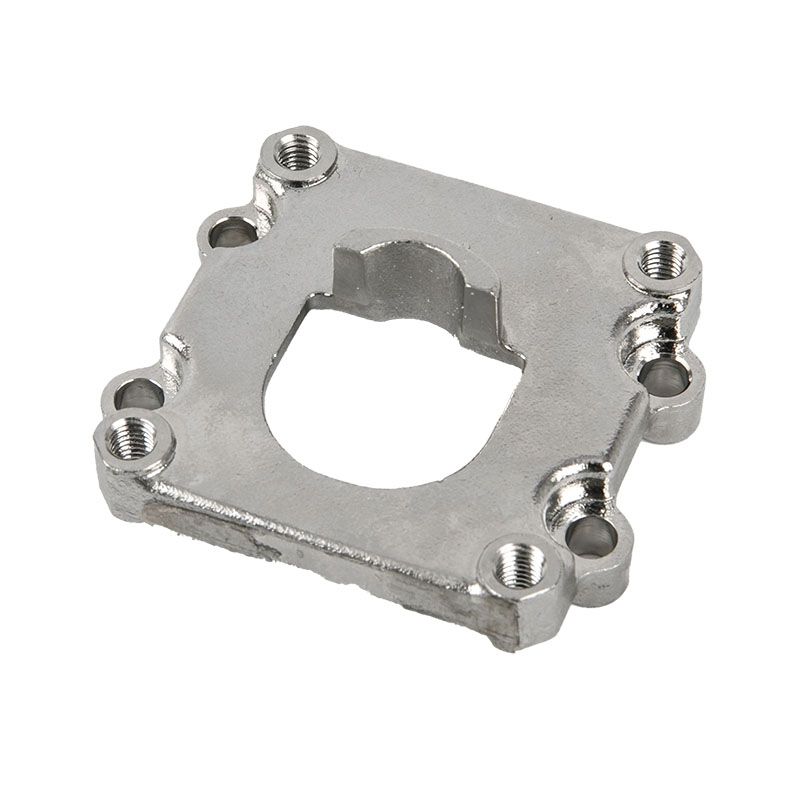The Crucible of Conditions: Temperature and Humidity's Impact on Stainless Steel Casting Quality
2024-01-04
Introduction:
In the intricate dance of stainless steel investment casting, the environment within the casting facility becomes a critical player. Temperature and humidity, seemingly innocuous factors, wield a profound influence on the outcome of the casting process and the quality of the final stainless steel components. This blog post delves into the nuanced interplay between these environmental conditions and the delicate art of creating precision-engineered metal components.
1. Casting Temperature:
- The molten metal's temperature is a cornerstone of the investment casting process. Variations in casting temperature can lead to diverse outcomes. Too high a temperature may cause issues like metal degradation, while too low a temperature may result in incomplete filling of the mold, creating defects in the final product.
2. Fluidity of Molten Metal:
- Casting temperature directly impacts the fluidity of the molten stainless steel. A well-balanced temperature ensures optimal flow into intricate mold cavities, enabling the faithful reproduction of fine details in the wax pattern.
3. Cooling Rates:
- The rate at which the molten metal cools within the mold is influenced by both the casting temperature and environmental conditions. Controlled cooling rates are essential to prevent thermal shocks, reduce the risk of microstructural defects, and enhance the mechanical properties of the stainless steel component.
4. Humidity and Shell Drying:
- The ceramic shell, which forms the mold, must be thoroughly dried before the molten metal is poured. Humidity in the environment can impede the drying process, leading to incomplete removal of water from the shell. This can cause steam-related defects, jeopardizing the structural integrity of the cast component.
5. Wax Pattern Integrity:
- Humidity levels impact the wax patterns used in investment casting. Excessive humidity may lead to moisture absorption by the wax, affecting its structural integrity and surface finish. Maintaining optimal humidity levels is crucial for preserving the fidelity of the intricate wax patterns.
6. Dewaxing Stage:
- During the dewaxing stage, where the wax is removed from the ceramic shell, temperature plays a vital role. If the temperature is too low, the wax may not completely melt and drain away, leaving residues that could compromise the mold's integrity.
7. Mold Expansion and Contraction:
- Temperature fluctuations during the casting process can cause the mold to expand or contract. Careful consideration of these thermal movements is essential to prevent issues like mold cracking, misalignment, or dimensional variations in the final stainless steel component.
8. Casting Environment Stability:
- Maintaining a stable casting environment, with controlled temperature and humidity, is imperative for achieving consistent results. Fluctuations in these conditions can introduce variability in the casting process, leading to defects and inconsistencies in the final product.
Conclusion:
The temperature and humidity conditions prevailing during the stainless steel investment casting process are silent maestros conducting a symphony of metallurgical transformations. From the flow of molten metal into intricate molds to the controlled cooling that defines material properties, these environmental factors leave an indelible mark on the quality and integrity of the final stainless steel components. As manufacturers strive for precision and excellence, the orchestration of optimal temperature and humidity conditions becomes a crucial part of the alchemy that transforms raw materials into finely crafted metal masterpieces.


